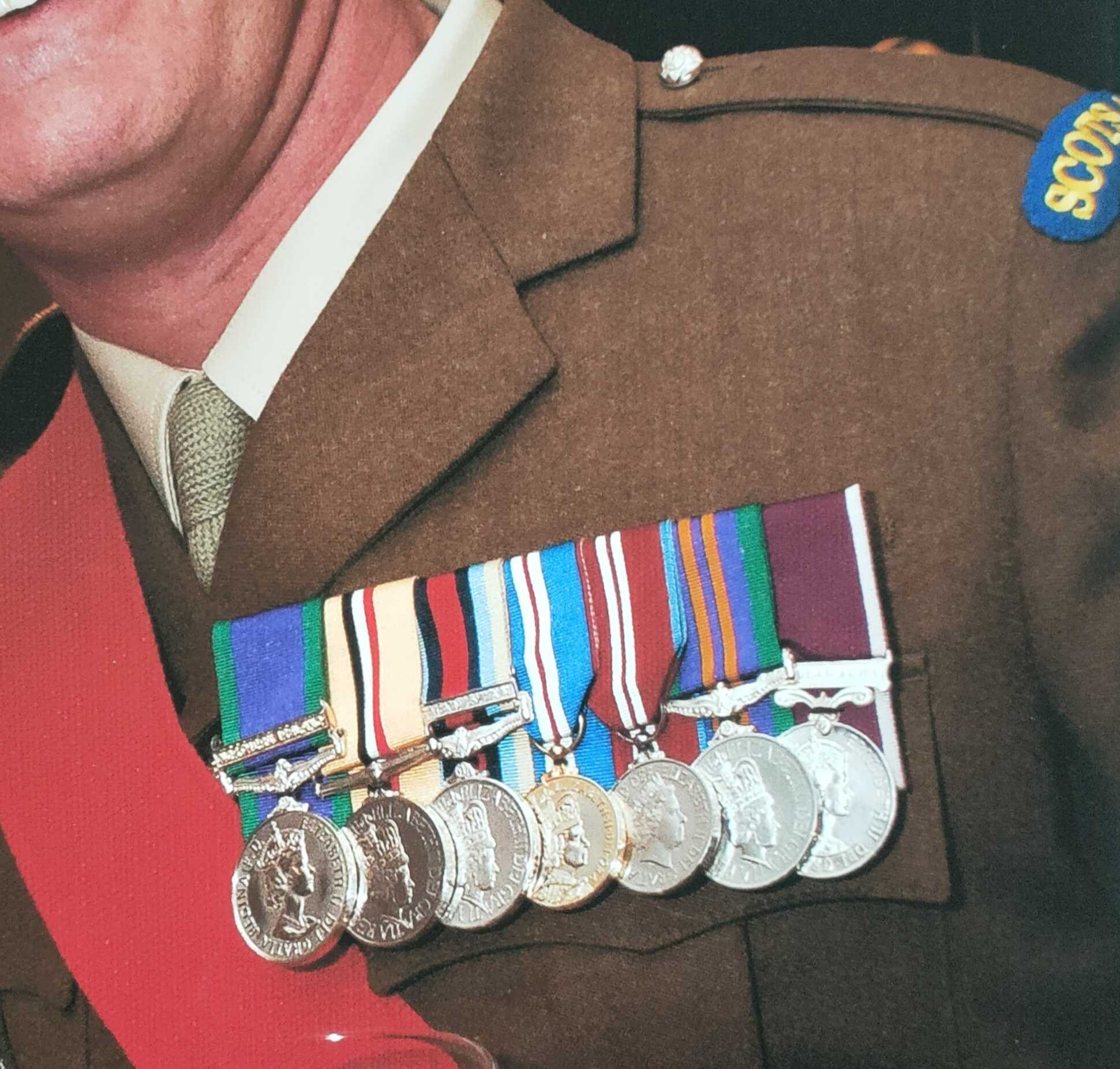By Kelvin Nunn, Project Manager and Military Account Manager at Qpercom Ltd
Introduction:
I began my journey in the army at the age of 16, back in 1991, and spent nearly three decades witnessing significant transformations in equipment, support systems, and the overall efficiency of the modern soldier. Throughout my service, I held various instructional posts and experienced the evolution of assessment and reporting processes “at the coalface.” In this blog post, I’d like to share my reflections on my journey and advocate for the digitalisation of military assessments.
The Early Years – A Flood of Information:
As a 16-year-old recruit, the array of weapon systems, support equipment, and skills introduced to me felt overwhelming. Every day seemed like a new assessment or test, often leading to rigorous training sessions, commonly referred to as a “beasting.” From SA80 rifles to 51mm mortars, NBC (Nuclear, Biological and Chemical warfare, later changed to Chemical, Biological, Radiological and Nuclear warfare) training to map reading – the amount of information to absorb was immense. In those days, with no computers in use, every result and report was meticulously handwritten and stored for reference.
The Transition to Digitalization:
Fast forward to the early 2000s, when I found myself as a section commander conducting assessments. Despite being qualified as a weapons instructor, the process of manually filling out scoresheets and transferring results to training record cards remained laborious. It wasn’t until around 2005, as a Platoon Sergeant, that computers finally entered the scene. While this introduction allowed for the creation of fancy spreadsheets, the assessment process itself remained paper-based and labour intensive.

Gunnery School Frustrations:
In 2008, as a Gunnery Schools Instructor, the limitations of paper-based assessments became painfully apparent. Compiling weekly progress reports and collating assessment scoresheets for multiple students took hours, exacerbated by the scarcity of computers. The frustration peaked when waiting for hours just to submit reports for proofreading. The need for a more efficient system was evident.
Operational Deployment Record System:
Around 2011, the Operational Deployment Record system was introduced, providing a glimmer of hope for digitalisation. This system allowed platoon administrators to upload results, but the manual process of deciphering paper scoresheets persisted. The “pain point” of inputting results remained, especially during Pre-Deployment Training where any “errors” could potentially cost a life or at least have serious safety implications, not to mention misspent time, hindering the true potential of efficiency.
The Path Forward – Digitalisation:
Having left the military in 2015, I joined Qpercom, a company providing Advanced Assessment Solutions. Here, I recognised parallels between assessing clinical skills and evaluating soldiers’ capabilities. The time has come for the military to embrace digitalisation fully. By adopting digital scoresheets and assessment systems, valuable time “at the coalface” can be freed up, allowing for more effective training using fully digital reports, results analysis and personalised feedback. A well-designed system can quickly identify training deficiencies, enabling prompt remedial action and fostering a data-driven approach.
Conclusion:
The Ministry of Defence has witnessed remarkable advancements in equipment and technology over the years. It’s time to extend this progress to the assessment and reporting processes. Digitalising military assessments is not just a step forward; it’s a leap toward a more effective and efficient training and testing capability. It’s time to embrace the future and empower our soldiers with the tools they need to succeed on the modern battlefield.





























